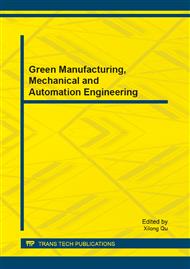p.366
p.370
p.374
p.378
p.382
p.388
p.392
p.396
p.401
Emission Characteristicsof of PCBs of Combustion of Sludge-Coal Water Slurry in Fluidized Bed
Abstract:
Sludge-coal water slurry (SCWS) can be produced by mixing coal water slurry (CWS) with sewage sludge according to differenct ratio. This paper focuses on the combustive feasibility of SCWS in a commercial circulating fluidized bed, and on the emission characteristics of polychlorinated biphenyls (PCBs) in flue gas fly ash and bottom ash during combustion of SCWS. The results indicated that incineration can do very well with the temperature 1000 degree, sludge coal water slurry (SCWS) can be effective in improving sludge incineration rate, if the proportion of sludge is 20%~30%,amounts of PCBs is relatively small in flue gas fly ash and bottom ash. So the best burning rate is 20%-30%. Although incineration flue gas fly ash and bottom ash emission standard don't have PCBs regulations, but since PCBs are toxic organic pollutants, it should be strictly regulated.
Info:
Periodical:
Pages:
382-387
Citation:
Online since:
July 2013
Authors:
Keywords:
Price:
Сopyright:
© 2013 Trans Tech Publications Ltd. All Rights Reserved
Share:
Citation:


